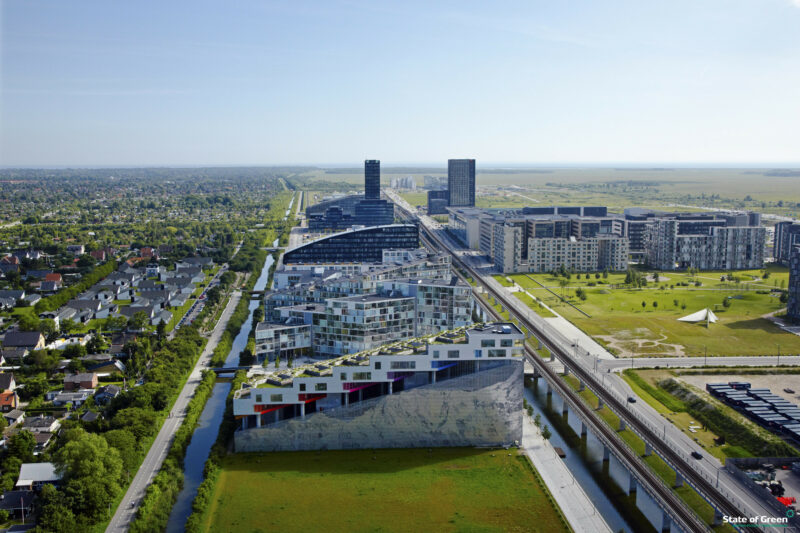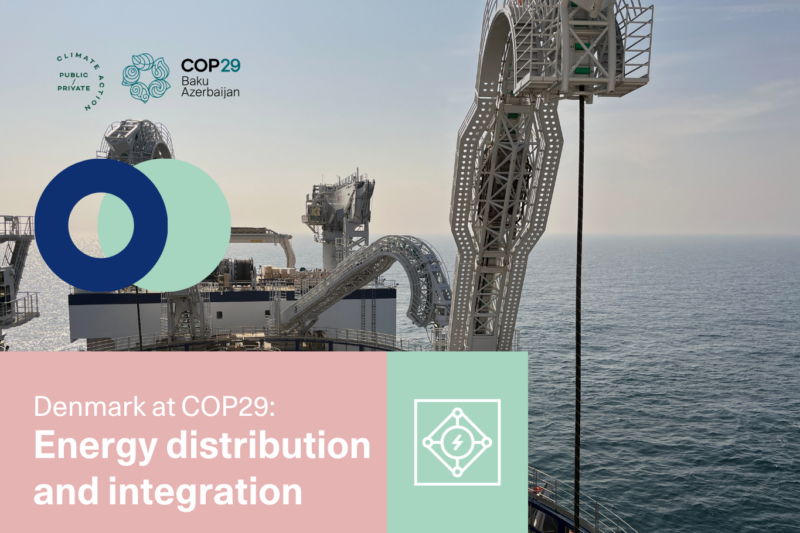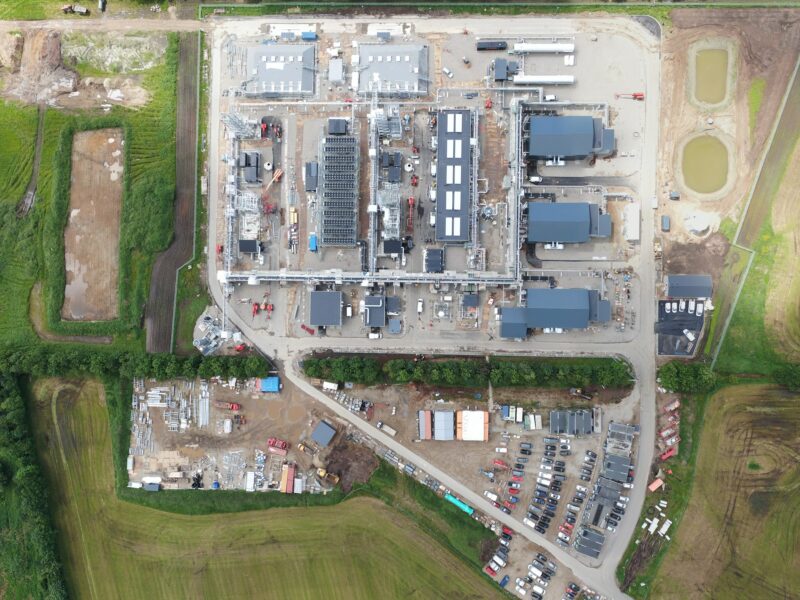News
Living labs
Smart grid
New Project to Optimise Nordic Power Transmissions


This example, however, is only one aspect of the project. By looking at other aspects of the system in general, there is potential for an even bigger return.
HVDC transmissions are more adaptable and manageable than AC (alternating current) transmissions which many power grids are based on. By utilising the benefits of HVDC transmissions, a new Grand Solutions project, funded by Innovation Fund Denmark, will ensure a sustainable system with an increase in output.
- We will utilise the benefits from Denmark’s many HVDC transmissions as well as develop and test new innovative methods to coordinate the control of the transmissions. This will not only strengthen the current system, it will also strengthen a future where we know that even larger amounts of renewable energy will arise, says Professor and Head of Centre Jacob Østergaard from Center for Electric Power and Energy at DTU.
The results of the project is expected to be of great value for the new energy island in the Northern Sea (Dogger Banke), as the optimised control of electric transmissions will improve the efficiency and lower costs additionally. Furthermore, the project will use data collection and results from the company Krieger’s Flak project which will combine og integrate the Danish and the German grid through an offshore wind farm in the Baltic Sea
Optimised control opens up for Denmark’s 2050-targets
With a more coordinated control, you will be able to utilise the power more efficiently, you will decrease loss on longer distances, and you will simultaneously optimise the AC system linked together by the transmissions. Thus, both the operational reliability and the efficiency of the overall system will be improved.
As HVDC transmissions are more adaptable, they are also better at managing renewable energy, which is currently a challenge for the traditional transmissions. Optimised control of these transmissions is therefore an attractive solution – not only in regards to the current grid but also in relation to the Danish government’s energy targets for 2050 concerning Danish independence of fossil fuels.
Finally, the project will focus on the more disputed topic of optimal distribution of electricity between the neighboring countries in Scandinavia as the project’s solutions will aim to decrease the challenges that currently arise when a country either produces too much or not enough renewable energy.
- Denmark and the whole of Europe are undergoing a green transition where renewable energy takes up more and more of the electricity system. A lot of it depends on whether the wind is blowing and the sun is shining which is why transmissions between countries (and the cross-border electricity market) will play an even bigger role when we have to ensure future power in our sockets, says Anders Pallesen Jensen, Department Manager in system optimisation at Energinet.dk
Electricity consumers in both Denmark and its neighboring countries are expected to gain from a more coordinated control of the Danish HCDC transmissions. The neighbouring countries will have more access to the cheap wind power and there will be lower running costs for Danish consumers.
The project’s partners
Center for Electric Power and Energy (CEE) is a department within DTU Electrical Engineering that works determinedly to ensure a more integrated, more market-based and more adaptable energy system in Europe. In this effort, one of CEE’s biggest goals is to reach a more intelligent electricity system which manages the future’s expanded use of renewable energy sources.
CEE has vast experience leading and coordinating both national and international projects. Of the active project, there are EnergyLab Nordhavn, EcoGrid 2.0, and Parker, among others. Furthermore, CEE will put their unique facicilities at the disposal of the project through PowerLabDK.
Svenska Kraftnät (SvK) is the Swedish counterpart to Energinet.dk and has likewise excensive experience with HVDC technology and maintenance which the project can benefit from. SvK is strongly connected to Denmark through the shared electricity market and has, as a result, a lot of interest in the results from the project. Svk also contributes with DKK 4 million.
ABB is a global market leader within HVDC-technology and the infrastructure of transmission systems. The collaboration with ABB benefits the project by giving insight into new functions that can be integrated into the control of the HVDC transmissions.
Like the Technical University of Denmark, KTH Royal Institute of Technology (KTH) is non-profit education institution with many years of experience in research on HVDC-technology. KTH contributes to the aspects of the project which relates to research and study. They will participate in all work packages and be host to a full-time Ph.D. student.
Mosek is a small Danish firm working with optimisation-software and among the world’s leading within this field. Mosek contributes by providing effective and advanced software development that ensures high quality for the project’s results.
The Nordic Regional Security Coordination Initiative (NRSCI) is a newly established agency that is responsible for more effective coordination between the Nordic TSOs as well as coordination of security analysis, sufficiency projections and capacity calculations. NRSCI’s head office is located in Copenhagen with Jens Møller Birkebæk as its manager.
University of Liége (ULg) is home to leading researchers in electricity systems’ stability and operation, ULg will contribute with their expertise as well as host a Ph.D. student and a postdoc from DTU. Furthermore, ULg will provide access to their simulation software, RAMSES.
Investment
- Innovation Fund Denmark: DKK 14 million
- Total budget: DKK 26 million
- Duration: 4 years
- Official title: Multi-DC
You should consider reading
solutions
Energy efficiency in buildings
+2
Greening the UN one building at a time
20 November 2024publications
Combined heat and power production
+9















